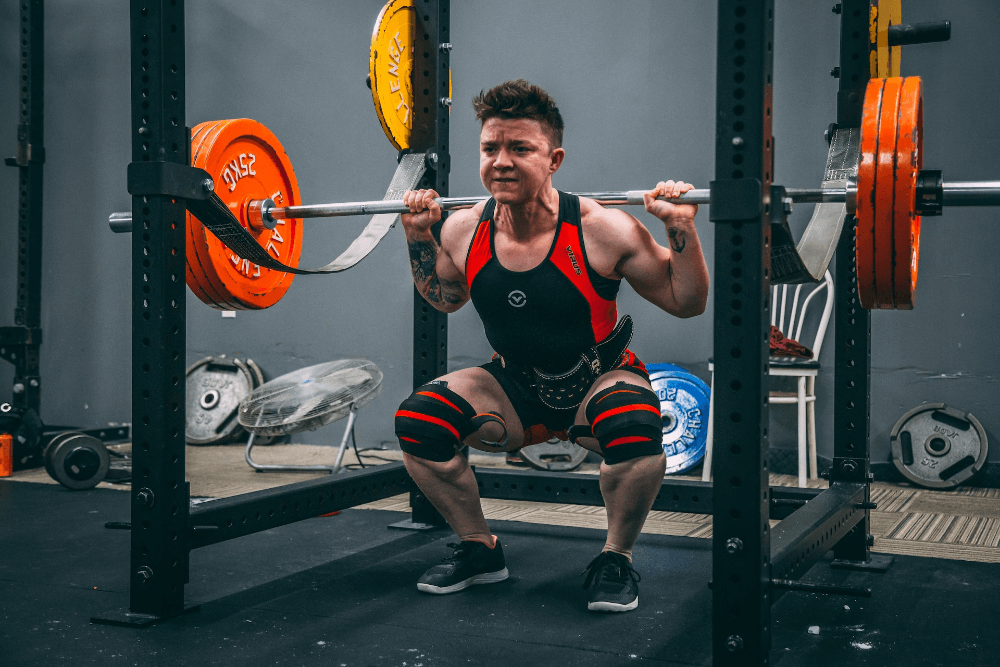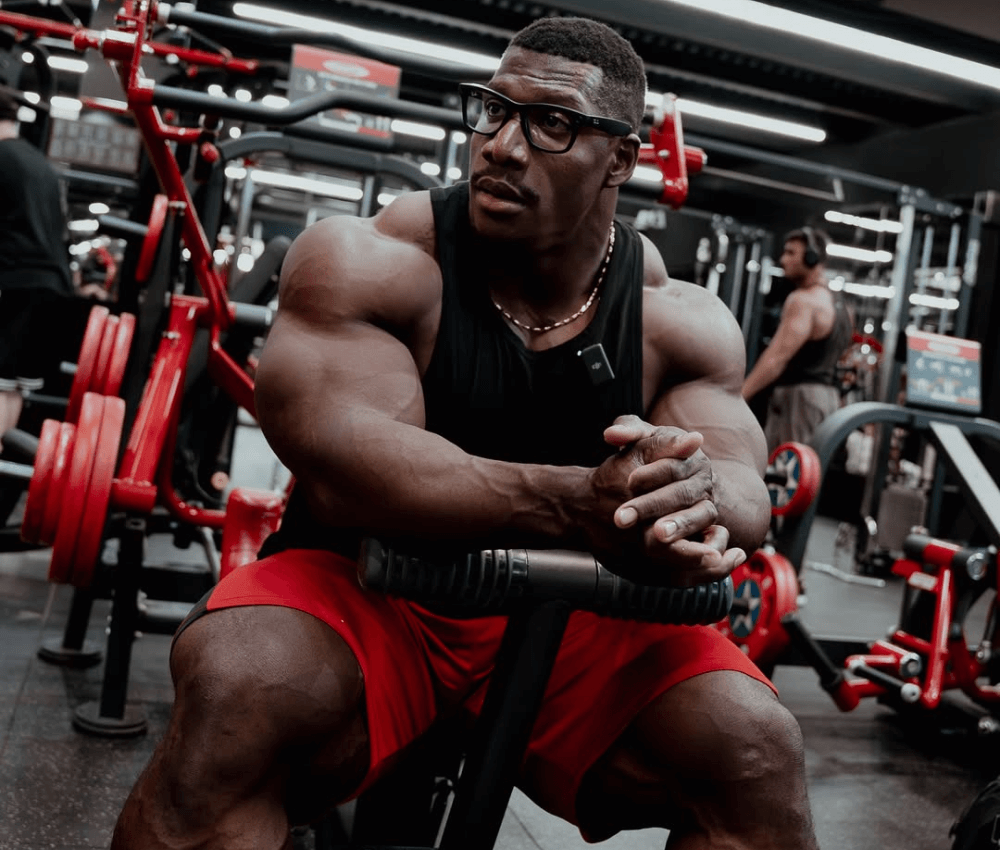Table of Contents
Are you tired of having chicken legs and yearning for legs that resemble the sturdy trunks of mighty trees? Well, you’re not alone. Many fitness enthusiasts dream of building tree trunk legs, not just for aesthetic reasons but also for functional strength. The good news is that it’s attainable with the right knowledge, dedication, and consistency.
In this comprehensive guide, we’ll delve into the science and strategies behind developing massive leg muscles that can support you in various sports, improve your overall strength, and give you a physique that turns heads at the beach. We’ll cover everything from essential leg anatomy to the best exercises, nutrition, and recovery tips to help you grow those tree trunk legs you’ve always wanted. Learn the science behind Clen’s muscle growth.
Understanding the Anatomy of Tree Trunk Legs
Before you start any leg-building journey, it’s crucial to understand the anatomy of the legs. The primary muscles responsible for the tree trunk appearance are the quadriceps, hamstrings, and calves. Let’s take a closer look:
1. Quadriceps
The quadriceps, a group of four muscles located at the front of your thighs, play a pivotal role in leg development. These muscles include the vastus lateralis, vastus medialis, vastus intermedius, and the rectus femoris. Properly targeting these muscles with resistance training is key to building mass and strength in your thighs.
2. Hamstrings
The hamstrings, found on the back of your thighs, consist of the biceps femoris, semitendinosus, and semimembranosus muscles. A well-balanced leg workout should include exercises that work both the quadriceps and hamstrings to prevent muscle imbalances.
3. Calves
The calves, composed mainly of the gastrocnemius and soleus muscles, provide the finishing touch to your tree trunk legs. Developing well-defined calf muscles can make a significant difference in the overall appearance of your lower limbs.
Crafting Your Tree Trunk Legs: The Training Plan
Building tree trunk legs requires a structured training plan that targets all the major leg muscles effectively. Here’s a breakdown of essential training strategies:
1. Compound Exercises
Incorporate compound exercises like squats, deadlifts, and lunges into your workout routine. These exercises engage multiple muscle groups simultaneously, promoting muscle growth and strength.
2. Progressive Overload
To stimulate muscle growth, gradually increase the weight or resistance in your exercises. Progressive overload is a fundamental principle in muscle development.
3. High-Volume Training
Performing a higher number of sets and reps with moderate to heavy weights can help you achieve hypertrophy, the process of muscle growth.
4. Isolation Exercises
Include isolation exercises like leg extensions, leg curls, and calf raises to target specific muscle groups and achieve balanced leg development.
The Role of Nutrition
Building tree trunk legs isn’t just about lifting weights; your diet plays a significant role as well. To fuel muscle growth, consider the following nutrition tips:
1. Protein Intake
Ensure you consume an adequate amount of protein to repair and build muscle tissue. Lean meats, dairy, and plant-based sources like legumes and tofu are excellent protein options.
2. Carbohydrates
Carbohydrates provide the energy needed for intense leg workouts. Opt for complex carbs like whole grains, fruits, and vegetables to sustain your training sessions.
3. Healthy Fats
Include sources of healthy fats, such as avocados, nuts, and olive oil, in your diet to support overall health and hormone production.
4. Hydration
Staying hydrated is crucial for muscle function and recovery. Drink plenty of water throughout the day, especially before and after workouts.
The Importance of Recovery
Recovery is often underestimated in muscle-building routines. Adequate rest and recovery are essential for muscle repair and growth. Incorporate these recovery strategies into your plan:
1. Sleep
Ensure you get 7-9 hours of quality sleep per night to support muscle recovery and overall well-being.
2. Stretching and Mobility Work
Regular stretching and mobility exercises can improve flexibility, reduce the risk of injury, and aid recovery.
3. Rest Days
Schedule rest days into your training plan to allow your muscles to recover fully and prevent overtraining.
Monitoring Your Progress
To track your progress on the path to tree trunk legs, consider keeping a workout journal, taking regular photos, and measuring your leg circumference. These methods will help you stay motivated and make necessary adjustments to your training and nutrition.
Final Thoughts!
Building tree trunk legs is a rewarding journey that requires dedication, consistency, and a well-structured plan. Remember that results won’t happen overnight, but with time and effort, you can transform your legs into strong and sturdy pillars of strength.
Incorporate the training, nutrition, and recovery strategies outlined in this guide, and you’ll be well on your way to achieving massive leg growth and the tree trunk legs you’ve always desired. So, roll up your sleeves, hit the gym, and get ready to see your lower body evolve into a work of art! Here’s how clenbuterol is good for a healthy workout!






